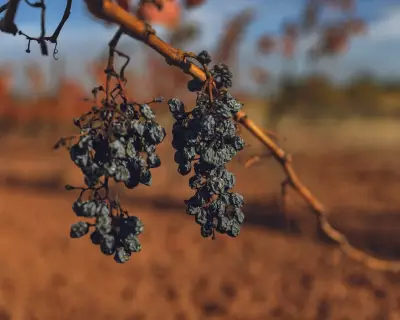
A silent invasion is unfolding along Britain's picturesque coastline, threatening to devastate marine ecosystems and cripple local fishing industries. The European green crab, an aggressive predator with a voracious appetite, has established strongholds from Cornwall to Scotland, prompting urgent action from environmental authorities.
The Unseen Destroyer Beneath the Waves
This deceptively small crustacean, rarely growing larger than a human palm, possesses an extraordinary ability to decimate native species. With powerful claws capable of cracking open shellfish and a relentless hunting instinct, green crabs are systematically dismantling the delicate balance of coastal habitats.
"We're witnessing an ecological crisis in slow motion," explains Dr. Eleanor Vance, marine biologist at the University of Exeter. "These crabs consume everything from young clams and oysters to native crab species, effectively clearing the seabed of life."
How the Invasion Took Hold
The green crab's journey to British waters reads like a maritime thriller. Originally from continental Europe, these resilient creatures likely arrived through multiple pathways:
- Ballast water transfer from international shipping vessels
- Natural migration aided by warming sea temperatures
- Accidental transport with shellfish stock transfers
Their rapid reproduction cycle—females can produce up to 185,000 eggs annually—has accelerated their spread beyond containment expectations.
The Economic Toll on Coastal Communities
Beyond ecological concerns, the green crab invasion strikes at the heart of Britain's coastal economy. Shellfish fisheries report declining catches, while aquaculture operations face mounting losses.
"Our mussel beds have seen a 40% reduction in yield over the past two years," reports Simon Fletcher, a third-generation fisherman from Devon. "If this continues, we'll be out of business within five years."
The Scientific Counter-Offensive
Marine conservation teams are deploying innovative strategies to combat the invasion:
- Targeted trapping programmes in critical habitats
- Genetic mapping to understand population dynamics
- Early detection systems using environmental DNA
- Habitat restoration for native species recovery
Researchers emphasise that public vigilance forms the first line of defence. "We're training coastal communities to identify and report green crab sightings," says Marine Conservation Society coordinator Michael Roberts. "Every reported sighting helps us map their advance."
A Glimmer of Hope
Despite the grim outlook, success stories emerge where coordinated efforts have yielded results. In several Scottish estuaries, intensive trapping has reduced green crab populations by over 70%, allowing native species to begin recovery.
"This isn't a battle we can afford to lose," concludes Dr. Vance. "Our coastal ecosystems represent centuries of natural heritage. With determined action and public support, we can turn the tide against this invader."
The race to save Britain's coastline continues, with scientists, fishermen and conservationists united against a common enemy that threatens to reshape our marine world forever.





